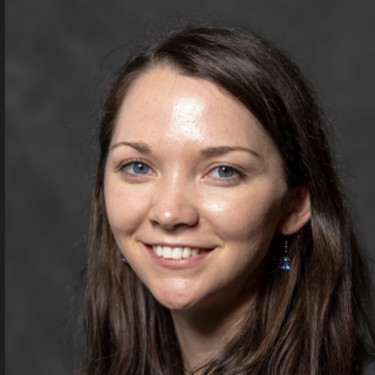In June 2024, the U.S. Supreme Court ruled that municipalities can legally ban people from sleeping and camping in public places, even when there is no other place for them to go.
When I first heard about this ruling, I was reminded of an anecdote I heard from a person who was unhoused, who had fallen asleep on a bench outside of the public library shortly after being discharged from the hospital.
In medical terms, I can imagine his hospital course was “uncomplicated.” When reduced to pathophysiology alone, he experienced a straightforward infectious process, responsive to antibiotics, which demonstrably improved over a few days. With completion of his treatment, he had no further need to be in the hospital.
But he wasn’t feeling back to normal. His baseline involved walking multiple miles per day, from the garage where he would typically sleep, to a number of other locations scattered across the city where he would find food, cigarettes, and company. As he completed his treatment, he knew he wouldn’t be able to meet all of his needs over the next few days while he continued to recuperate, and reluctantly agreed to accept a bed at a local shelter. The shelter he was discharged to had dictated a strict deadline for all its guests to leave the facility, but by that time the next morning, he was still exhausted. He had elected to make his way over to the public library, which was the nearest location welcoming unhoused individuals. It was still closed when he got there, and while waiting for the doors to open, he fell asleep on a bench outside.
I reflected on the Supreme Court ruling while I considered the fatigue patients face when leaving the hospital, even under the best of circumstances. With limited options for places to further recover after discharge, I worry that our unhoused patients could face legal consequences for health care system gaps — an issue they have no control over. This ruling further underscores the need for medical practitioners to be thoughtful about discharge disposition for patients who are unhoused, and necessitates support for alternative discharge options.
Traditional consideration of levels of postacute care apply to patients who are unhoused, but significant barriers exist. Lack of insurance or lack of coverage for specific services, ineligibility for acceptance at particular facilities due to mental health or substance use comorbidities, or patient concerns regarding loss of autonomy and institutionalization may limit post-acute care acceptance.
For unhoused patients who are able to be independent in activities of daily living, medical respite centers have been developed as an alternative disposition where people can rest and recuperate in the post-acute illness period. Medical respite care is defined by stable locations where care coordination resources, health care follow-up infrastructure, and case management are accessible. They provide safe, stable, transitional supportive housing and focus on appropriate care, often through the combined efforts of health care systems or health care system investment, and community organizations focused on housing. Medical respite care has been shown to decrease length of a hospital stay, ER episodes, and recurrent admissions.
Unfortunately, access to medical respite programs is often limited by funding and bed availability, meaning that patients with higher levels of medical complexity are preferentially considered for the few beds available in medical respite care. Shelters are unfortunately not designed to be able to meet all of the needs that a patient may have after discharge, and likely lack the resources to help navigate the follow-up appointments and care coordination that makes medical respite programs successful.
To ensure that wraparound services are available for less medically complex patients when beds at a medical respite center may not be available, some hospital systems have worked to coordinate with local shelters to ensure that reserved beds are available for post-acute care patients. In such circumstances, further development toward a medical respite model may be achieved through connection with intensive outpatient case management, and potentially a limited visit or two by home care nursing for assessment or wound care.
Ultimately, increased access to safe discharge options for patients experiencing homelessness is needed. Improved access to post-acute care services is critical, through further development of respite care centers. It is in the best interest of patients, hospital systems, and communities to ensure that these services exist. Discharge without such support can put patients at risk for significant health — and potentially legal — consequences.
Our patients deserve safe places to rest and to recover from their illnesses. It is our prerogative to advocate to ensure that these places exist, with adequate services available across the whole spectrum of post-acute care.
Dr. Michaela C. Barry is a third-year internal medicine resident and aspiring infectious disease fellow currently living in Pennsylvania. She credits her medical school and residency communities for helping develop the thoughts she shares here. Dr. Barry is a 2023–2024 Doximity Op-Med Fellow. She extends thanks to Kelly M. Luther LMSW, Peg Bierley LMSW, Carlos Swanger MD, Kiera Hayes MD MSc, and Anita Leon-Jhong MD for helping to shape thoughts on this article.
Image by happyphoton / Getty Images







